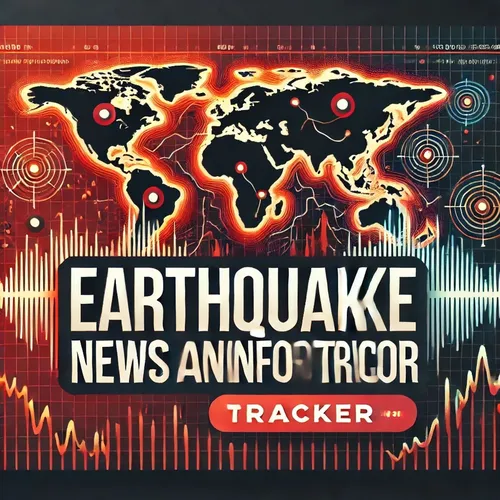Remembering the Loma Prieta Earthquake: Lessons for Seismic Safety and Preparedness in California
- Author
- Quiet. Please
- Published
- Sat 28 Sep 2024
- Episode Link
- https://www.spreaker.com/episode/remembering-the-loma-prieta-earthquake-lessons-for-seismic-safety-and-preparedness-in-california--62142558
On October 17, 1989, at 5:04 PM, a 6.9 magnitude earthquake struck near Loma Prieta, CA, significantly impacting the San Francisco and Monterey Bay regions. The quake's epicenter was close to Loma Prieta peak, situated about 9 miles northeast of Santa Cruz and 60 miles southeast of San Francisco. This seismic event, known as the Loma Prieta Earthquake, left a lasting mark on the region and serves as a poignant reminder of the seismic hazards inherent to California.
The earthquake caused widespread damage, notably in the cities of Watsonville and Santa Cruz, and extensive damage to infrastructure in the San Francisco Bay Area, including the collapse of a section of the Bay Bridge and a portion of the Cypress Street Viaduct in Oakland. This event underscored the vulnerability of the area’s infrastructure to seismic activity and highlighted the critical need for preparedness and resilient engineering.
In the aftermath of the Loma Prieta Earthquake, significant efforts were undertaken to understand the seismic hazards in the region better. Seismologists have extensively studied fault lines in California, particularly the San Andreas Fault, to predict and mitigate the impacts of future earthquakes. This research has led to advancements in seismic safety measures, including updated building codes and the retrofitting of older structures to withstand seismic forces more effectively.
Public awareness and preparedness campaigns have also been instrumental in helping communities better prepare for future earthquake events. The Loma Prieta Earthquake served as a catalyst for these initiatives, emphasizing the importance of having emergency kits, family communication plans, and an understanding of what to do during and after an earthquake.
The 35th anniversary of the Loma Prieta Earthquake provides an opportunity to reflect on the progress made in seismic safety and preparedness while also recognizing the ongoing challenges. Today's technology, including early warning systems and improved construction materials, contributes significantly to mitigating earthquake risks. However, continuous education and awareness are essential, as earthquakes can occur with little warning.
To commemorate this anniversary, resources are available that delve into the historical context and aftermath of the earthquake, the science behind seismic activity in California, and practical steps individuals and communities can take to enhance their preparedness. These resources help ensure that the lessons learned from the Loma Prieta Earthquake continue to inform and guide efforts to build safer, more resilient communities.
As we remember the events of October 17, 1989, it is crucial to stay informed and prepared for future earthquakes. Understanding seismic hazards and implementing practical preparedness measures can save lives and reduce the potential impact of such natural disasters.
